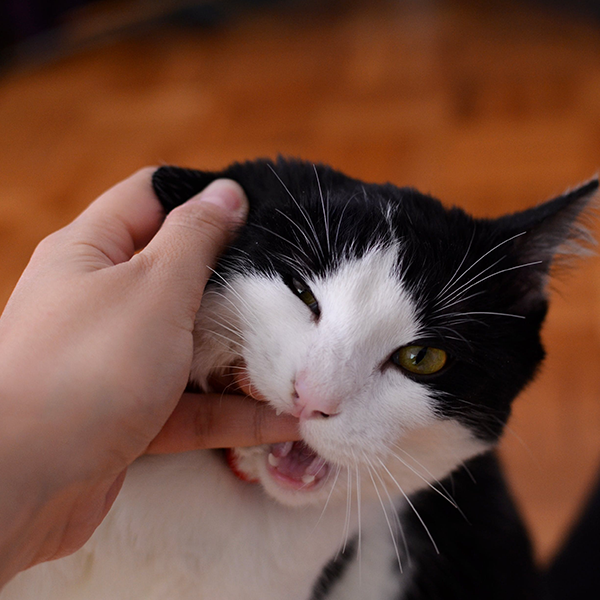So you've found yourself on the receiving end of a cat bite, huh? Well, you're not alone. Cats may be cute and cuddly, but they can also be feisty little creatures with sharp teeth. But fear not, dear reader! This ultimate guide will equip you with all the knowledge you need to handle those feline fangs like a pro.
Why do cats bite?
Before we dive into the nitty-gritty of dealing with cat bites, let's take a moment to understand why our furry friends sink their teeth into us in the first place. Cats may bite for a variety of reasons, including fear, aggression, playfulness, or even as a form of communication. It's their way of saying, "Hey, human, back off!" or "I love you, but I also want to play rough."
Step 1: Assess the situation
When a cat sinks its teeth into your flesh, it's important to stay calm and assess the situation. Is the bite superficial or deep? Is it bleeding? Is there any swelling or redness around the wound? If the bite is severe or shows signs of infection, it's best to seek medical attention. Remember, your health comes first!
Step 2: Clean the wound
Once you've determined that the bite is not an emergency, it's time to clean that wound, my friend. Wash the affected area with soap and warm water for at least five minutes. This will help remove any bacteria lurking on the surface and reduce the risk of infection. And don't forget to pat yourself on the back for being so brave!
Step 3: Apply first aid
After cleaning the wound, it's time to give yourself some first aid TLC. Apply an over-the-counter antibiotic ointment to the bite to prevent infection. Cover it with a clean bandage or dressing to keep it protected. And remember, you're not just a cat bite survivor; you're a warrior!
Step 4: Monitor for signs of infection
Keep a close eye on the bite over the next few days. If you notice any signs of infection, such as increased pain, redness, swelling, or pus, it's time to call in the reinforcements (a.k.a. your doctor). They may prescribe antibiotics to kick those pesky bacteria to the curb.
Step 5: Learn from the experience
Now that you've successfully navigated the treacherous waters of cat bites, it's important to learn from the experience. Pay attention to your cat's body language and try to identify triggers that may lead to biting. Remember, prevention is key! And if all else fails, keep a stash of catnip nearby to distract your feline friend.
And that's the lowdown, my friends! The ultimate guide to handling cat nips. Keep in mind, kitties may have razor-sharp fangs, but you've got the wisdom to ward them off. Stay safe, stay pawsitive, and banish those cat bites!





